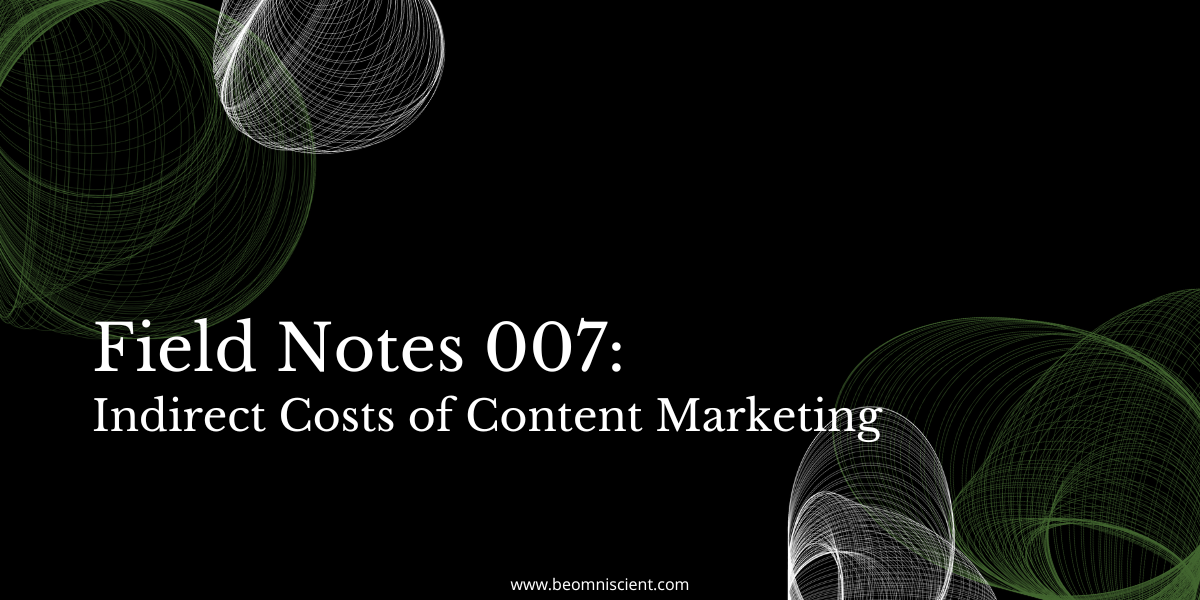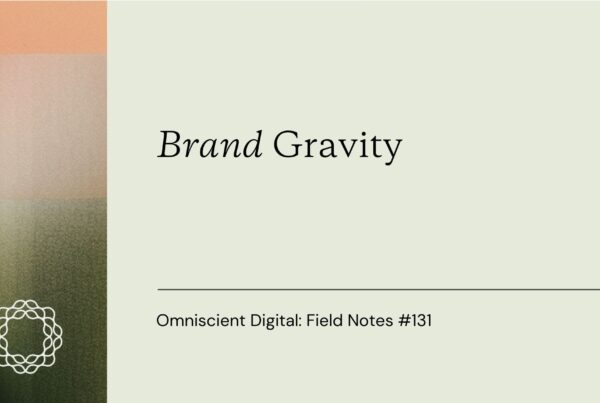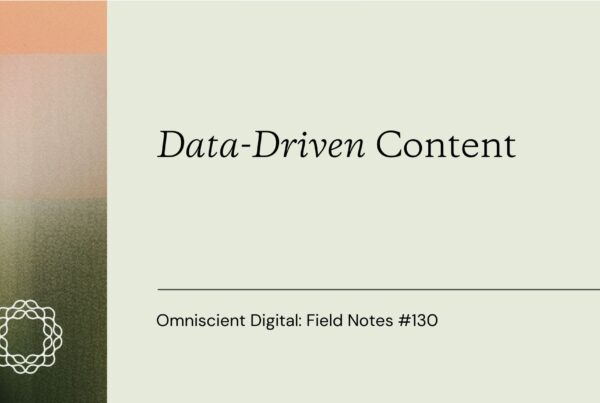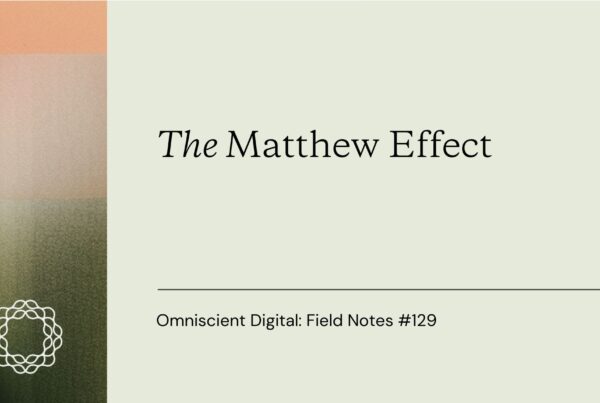
Economics has guided a weird amount of my thinking on content marketing.
Ideas like content economics and the barbell strategy are at the core of how we think about building winning programs.
In the past, content marketing thought leaders (early leaders like HubSpot or Content Marketing Institute) preached the idea that you should “just create stuff.” In a time when content wasn’t as common, this was good advice because it was all blue ocean.
Now, one must not only consider the direct costs of content marketing but also the indirect costs it incurs – and there’s no such thing as free lunch in content marketing.
Direct costs are easy enough to calculate. They’re the money you’re spending on things like freelancers, agencies, and software.
But what about indirect costs?
These can include the time your employees are spending on content marketing activities and the opportunity cost of not doing other things. A piece of content can also be “costly” if it is produced by someone with many years of experience (think: your founder or SMEs).
As Whitney Wolfe Herd said on Tim Ferriss’ podcast, “The most expensive currency in the world is experience.”
Some content marketing also incurs risk. Think Coinbase’s polarizing manifesto, “Coinbase is a mission-focused company.”
When building a growth model, I tend to solely include direct costs and direct results; this makes the model actually useful.
But thinking about indirect costs as well as indirect results (things like leverage, partnership opportunities, authority building) should also be reflected in your planning.
For most early-stage content marketing programs, it’s necessary to over-index on *something* “expensive” about your content process – whether that being a specific format of content you invest in, the experience of those writing it, a risky or contrarian strategy that has the potential to backfire, or simply the direct costs you’re willing to incur.
It’s sort of the “ante” you need to pay to begin playing the game.
Recommended Reads
1. Don’t Put the Tool Before the Craft – great essay from Nat Eliason on the pitfalls of the obsession with productivity tools and hacks.
2. Content Distribution chart (Tweet) – this chart is an amazing artifact from Ronnie Higgins. It explains, visually, how he and the team at Hopin would chip off parts of a big piece of content to repurpose and fill the entire content pipeline.
3. How to Maximize Growth with a Digital Marketing Agency with John Doherty – entertaining podcast on how to use agencies and freelancers, why marketers get lost in the minutia, and what actually matters in SEO and growth.


